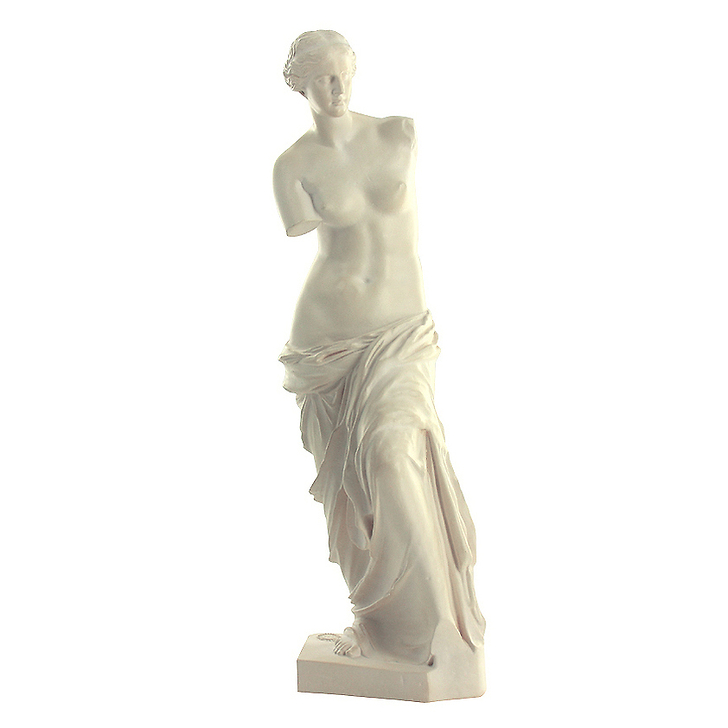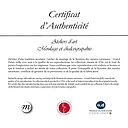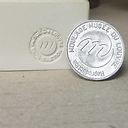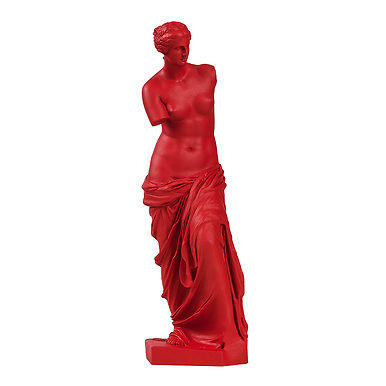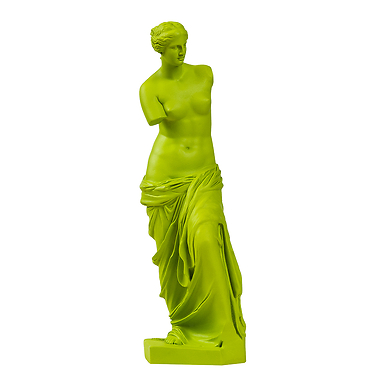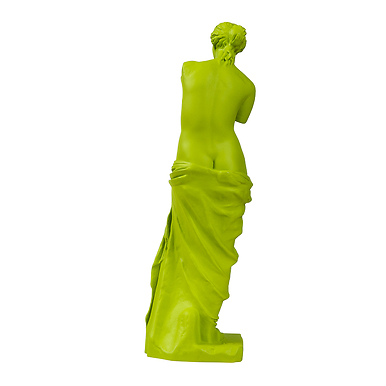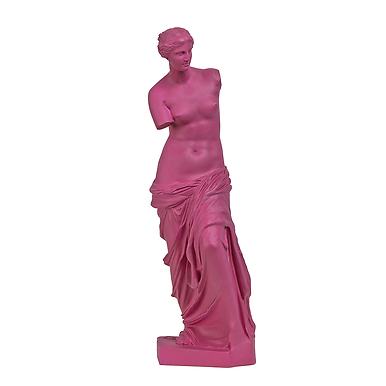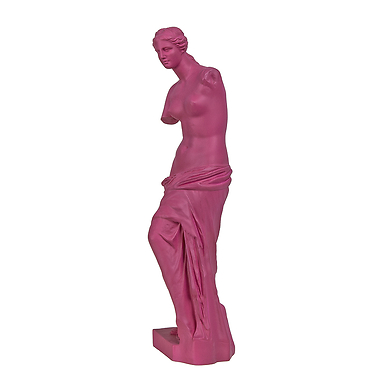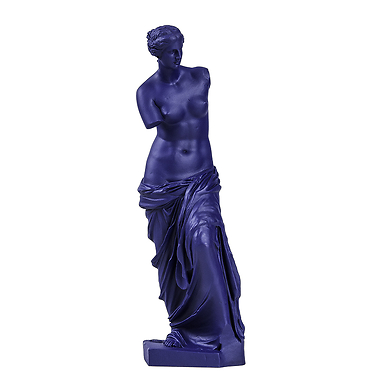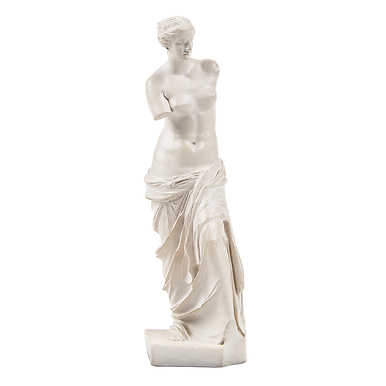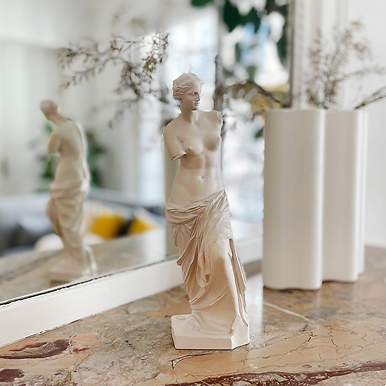Sculpture Aphrodite, a.k.a the Venus de Milo - 86 cm
RB002006
Reproduction patinated by hand. Mold made from an imprint of the original work exhibited at the Louvre.
About the original:
The Venus de Milo occupies a prominent position in the history of Greek sculpture and the fascination for antiquities.
It is, in fact, an original Greek statue dated around 100...
Read more
Reproduction patinated by hand. Mold made from an imprint of the original work exhibited at the Louvre.
About the original:
The Venus de Milo occupies a prominent position in the history of Greek sculpture and the fascination for antiquities.
It is, in fact, an original Greek statue dated around 100 B.C., that was found by chance by a peasant in 1820, not far from the ruins of an antique theatre on the island of Melos (or Milo), in the south west of the Cyclades.
The style, sometimes described as retrospective, is typical of the end of the Hellenistic period, which started to innovate while at the same time reviving classic themes. The sculptor undoubtedly drew upon the experiences of Greek classic art.
The Venus de Milo belongs to the tradition of a theme created two centuries earlier by the sculptor Praxiteles. But the master of the Louvre Aphrodite freed himself from the heritage of the past to reveal his own creative originality.
Although the expression of the face still displays a slightly cold severity referred to as classic, the body has been treated in a completely different manner. It is based on a twisting movement, with certain parts of the body turning in different directions in such a way that it can genuinely be perceived as a sculpture in the round.
The moving silhouette, swirling pose and realistic contours clearly illustrate the genius of the artist who made this statue.
Close
Login to see prices
Sold by GrandPalaisRmn

